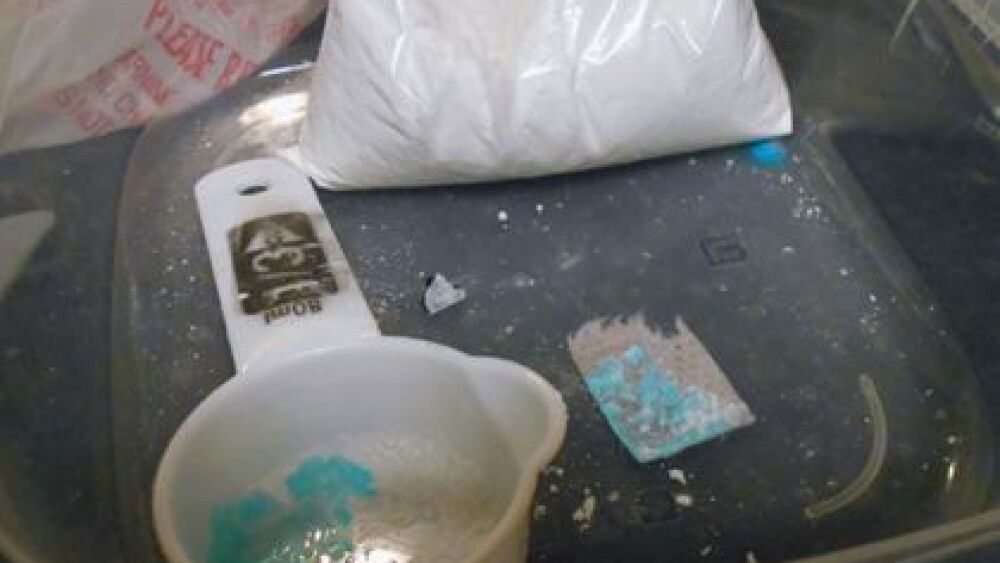Media-hyped accounts of police officers or firefighters who are alleged to have been overcome by fentanyl after caring for a patient might be causing responders to worry about their own safety.
Panelists at a Bound Tree Medical-sponsored discussion at the 2017 EMS World Expo, including a Drug Enforcement Administration chemist and an EMS medical director, shared six strategies to protect first responders during an opioid-related response:
1. Assess the scene for exposure risks and crime evidence.
Use dispatch information to assess the risk for fentanyl exposure through inhalation or contamination to skin or clothing. Use the scene size-up to make decisions about PPE usage and requesting additional resources.
Every overdose incident is a potential crime scene. If EMTs, paramedics and firefighters arrive before law enforcement and notice evidence of drug use or paraphernalia, they should follow local protocols to request police response.
2. Pre-plan and train for fentanyl recognition and exposure.
Because fentanyl derivatives are known to strongly bind with opioid receptors, responders are reporting an increasing need to stock more naloxone.
The InterAgency Board has recommended PPE use to prevent exposure to synthetic opioids after a detailed examination of available evidence.
3. Respiratory PPE is best protection against aerosolized fentanyl.
When powdered fentanyl or other drug powders are known or suspected of being aerosolized, respiratory PPE is important. Inhalation is the easiest route for accidental fentanyl exposure and mucousal absorption is 30 times faster than transdermal absorption.
4. Use additional PPE for fentanyl overdose responses.
In addition to a mask, the panel recommended nitrile, single-use examination gloves and safety glasses for most responses. When there are larger amounts of hazardous material or fire risk, the InterAgency board has additional recommendations for higher levels of protection.
It’s especially important to use simulation training to be proficient in opioid patient assessment and care with a mask, gloves and eye protection.
5. Wash fentanyl-contaminated skin with soap and water.
Responders should always wear gloves, but if their skin is exposed to fentanyl, they should first wipe the visible contamination from their skin. Next, wash skin thoroughly with soap and water, including a second water rinse.
Don’t use any alcohol-based sanitizers on fentanyl-contaminated skin. Alcohol increases the rate of transdermal transfer by 100 times.
6. Recognize other threats, dangers.
Keep the threat of hepatitis or HIV/AIDS in mind. IV drug users regularly engage in other high-risk behaviors. Every organization has to have an exposure control plan.














